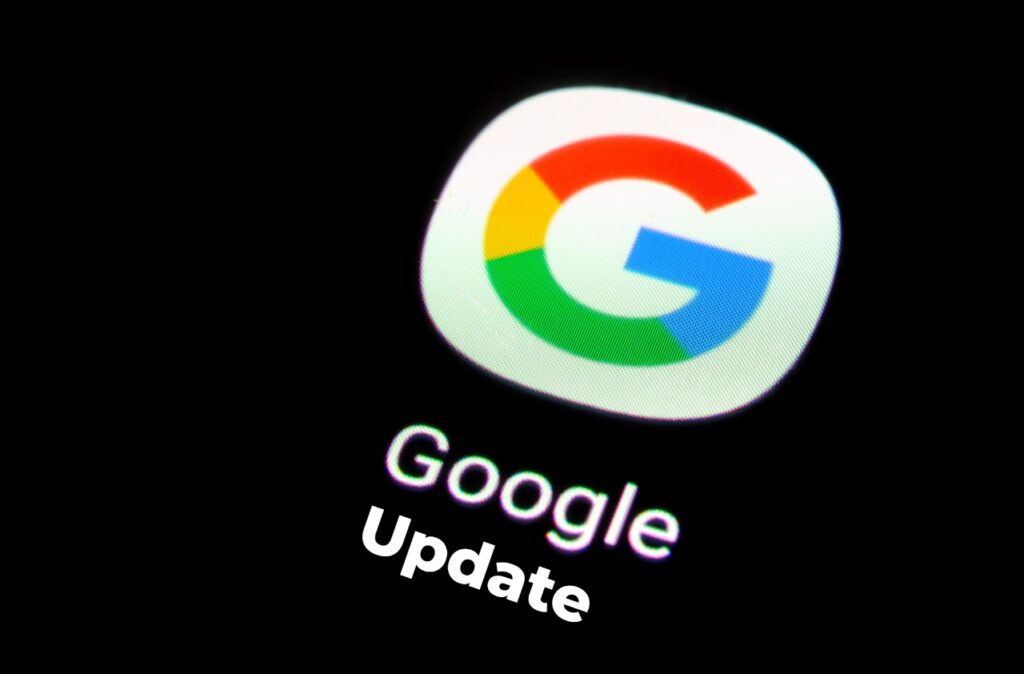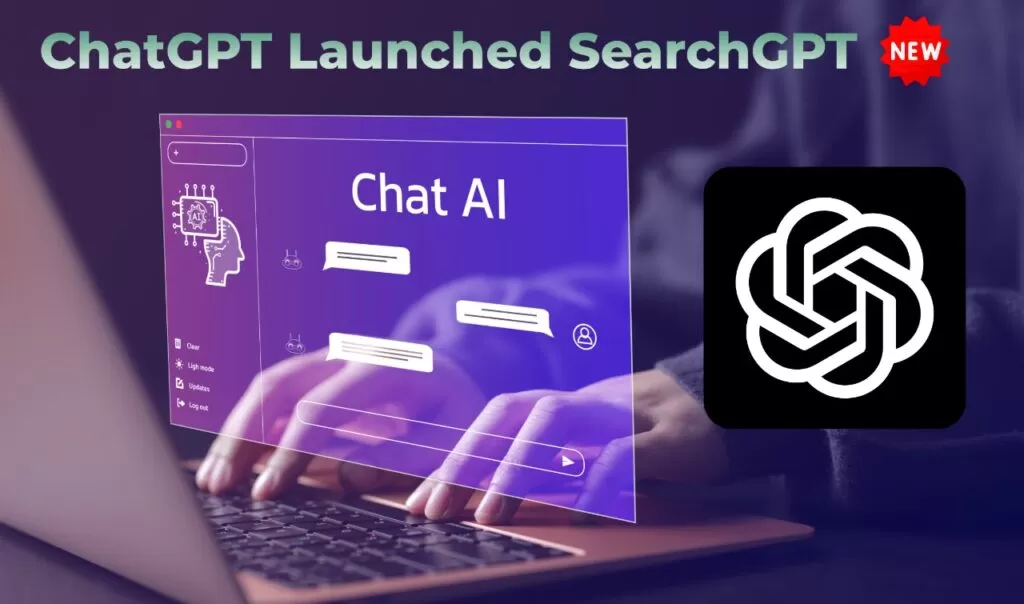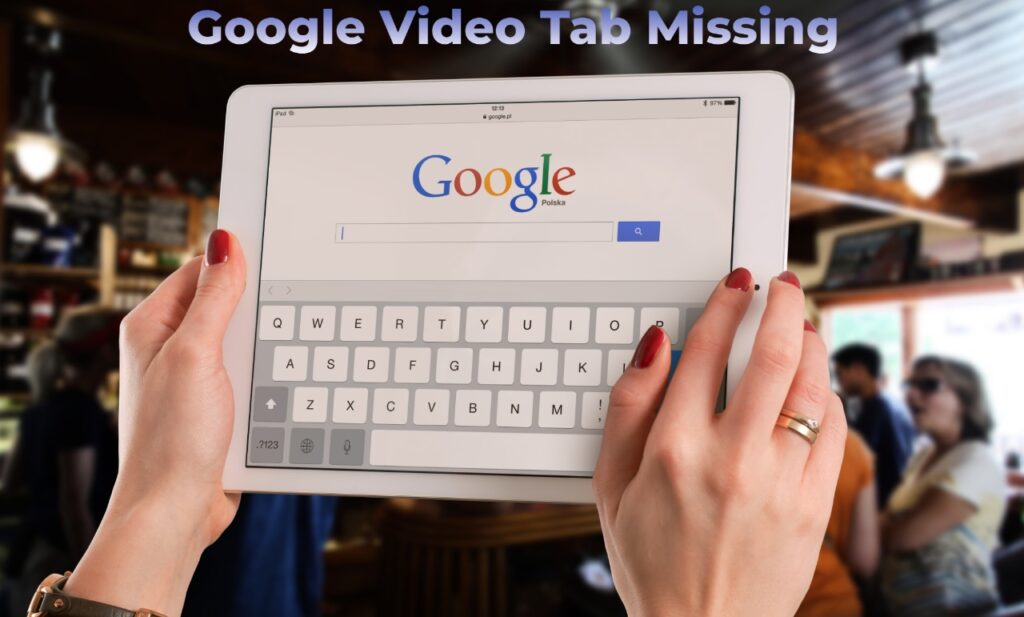Table of Contents
ToggleAfter sending an important email, sending a follow-up email can change the whole marketing game and the communication strategy. You may follow up after a sales pitch, a job interview, or even just a client meeting, the follow-up email can help you close a deal rather than lose the prospect.
Some of the reasons why follow-up emails are crucial for your business growth are:
- It reminds the receiver of the previous conversation that took place between you and them.
- It acts as a medium of consistent communication which helps build trust and relationships.
- A follow-up email encourages you to take action, like, replying, connecting, or purchasing, it can increase response rates for your follow-up email.
According to various platforms and email marketing specialists, follow-up emails can increase your response rate by up to 25%. However, sending effective follow-ups requires more than just a quick reminder. It involves timing, personalization, and valuable content.
When to Send a Follow-Up Email
Timing is important. Sending your follow-up too soon can seem salesy while waiting too long might result in your email being ignored.
Immediately After an Event or Meeting:
Within 24 hours with a thank-you note expressing appreciation and briefly summarizing the key points discussed.
After No Response:
3-5 days after the initial email with a gentle reminder to the recipient of your previous email.
After a Proposal:
1 week after sending a proposal to answer any questions and reiterate the value of your offer.
Crafting the Perfect Follow-Up Email
Let’s not take more time and get to how to write perfect follow-up emails!
Start With A Strong Subject Line
A subject line decides whether your email is going to be opened by the recipients or ignored. To create an attention-grabbing subject line, we’ve some ideas- or say, tips that most of us know don’t implement.
Keep the subject lines short 7 5-8 words. This will help subscribers read your subject line without having to open the email to understand the purpose of the email. To actually get their attention, use their specific detail such as their name or a specific detail of, their preferences.
Personalize The Greeting
When the recipient opens up the email, they don’t expect the opening to be “Dear Sir/ Madam”; don’t do it or, lose them. Instead, address them by their name. And, if you’ve had an interaction before, mention something about it to let them know you’re aware of them and their presence.
Remind Them of The Purpose Of The Email
The objective of the second email is to remind them of a certain event or message that they may have either missed or forgotten. And, encourage them to take action,
To achieve this, start with a small reminder of your previous communication. It can be as simple as “Hi [Name], I wanted to follow up on the email I sent last week regarding [topic].”
Add Value To The Email
Sometimes, or let’s say, most of the time, follow-up emails don’t make it to the goal. Even when they’re viewed, no further action is taken. It’s not about what you provided them in the last email – it’s about what you’re going to offer now.
While you’ve offered value in the previous email, offer them something in the follow-up email as well. It can be new insights about your brand, a relevant article, or a solution to a problem they’ve mentioned earlier.
Call-To-Action (CTA)
Receivers of emails have thousands of emails in their inbox. They don’t have the time to think what they should do next, so, guide them and stand out. Be clear about what you want them to do.
Place an easily visible CTA in your email. It can be scheduling a call, reviewing a proposal, or just replying to your email. Make the CTA specific and easy to follow.
Thank Them At The End
At the end of the email, thank them for their time and consideration to make a positive impression and encourage them to respond.
With that, make sure to keep the email short, concise, and to the point.
Some Examples of Effective Follow-Up Emails
Here are a few sample templates you can learn from and adapt:
1. After No Response
Subject: Following Up on [Topic]
Hi [Name],
I hope you’re doing well. I wanted to follow up on my previous email regarding [topic]. You might be busy, but I’d love to discuss how we can help with [specific problem or goal].
Please let me know if you have any questions or if there’s a convenient time for us to chat.
Best regards,
[Your Name]
2. After a Meeting
Subject: Great Meeting You, [Name]
Hi [Name],
Thank you for taking the time to meet with me today. I enjoyed our discussion about [topic], and I’m excited about the potential for [specific project or collaboration].
I’ve attached a brief summary of our discussion. Please feel free to reach out if you have any questions or if there’s anything else I can provide.
Looking forward to your thoughts.
Best regards,
[Your Name]
3. After Sending a Proposal
Subject: Any Questions About Our Proposal?
Hi [Name],
I wanted to check in to see if you had a chance to review the proposal I sent last week. I’m happy to answer any questions or provide additional details.
I believe this solution can significantly benefit [their company] by [specific benefit]. Let me know if there’s a convenient time to discuss this further.
Thank you,
[Your Name]
Latest Trends in Follow-Up Emails for 2025
Technology is updating and changing continuously. So, with the technology, we should update ourselves too – with the follow-up strategies. Here are some of the latest trends to understand and adopt-
- AI-Crafted Follow-Ups: Now, tools like GPT-4 and Gemini can help in creating personalized follow-up emails by understanding the behavior of recipients to optimize the timing and content.
- Interactive Elements In Emails: Including interactive elements like polls, clickable images, surveys, etc can help encourage the receiver to engage and respond.
- Follow-Up Through Multiple Platforms: Emails are a great way to connect, but, limiting yourself to just one platform is no smart move. Connect through different platforms and mediums – LinkedIn, SMS, and even phone calls if the recipient is comfortable taking calls.
Conclusion
Anyone who wants to build good relationships with their customers and close deals more quickly sends follow-up emails. Paying attention to timing, adding a personal touch, and showing the value you provide increases the chances of getting replies and will help deliver your business’s desired goals.
Remember, consistency has always been key, but don’t forget to be respectful of the recipient’s time and preferences. With these strategies and the latest trends discussed in the blog, you’ll be able to get on your way to sending follow-up emails that get results.







